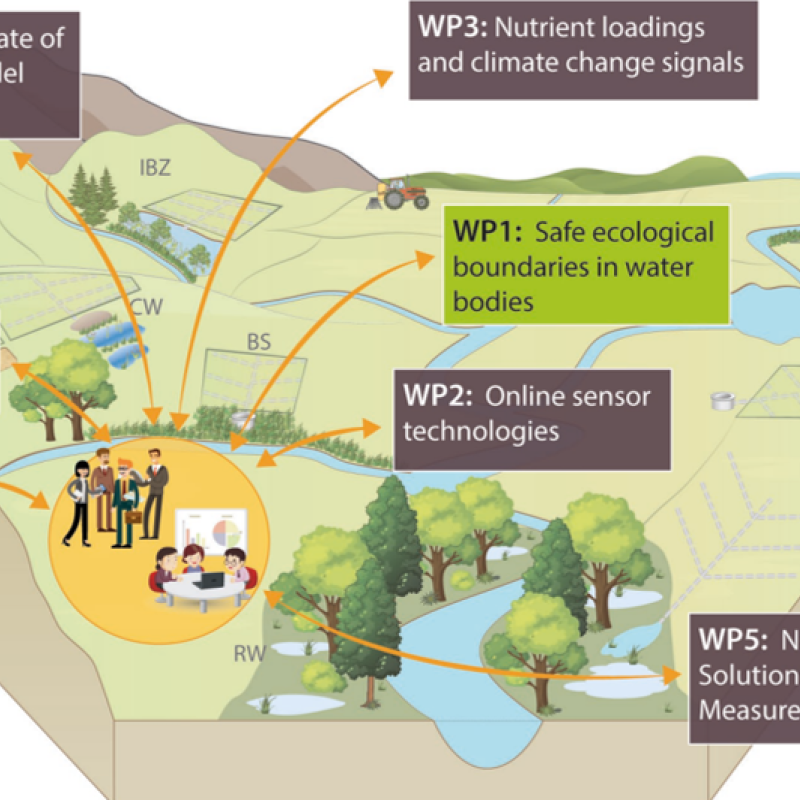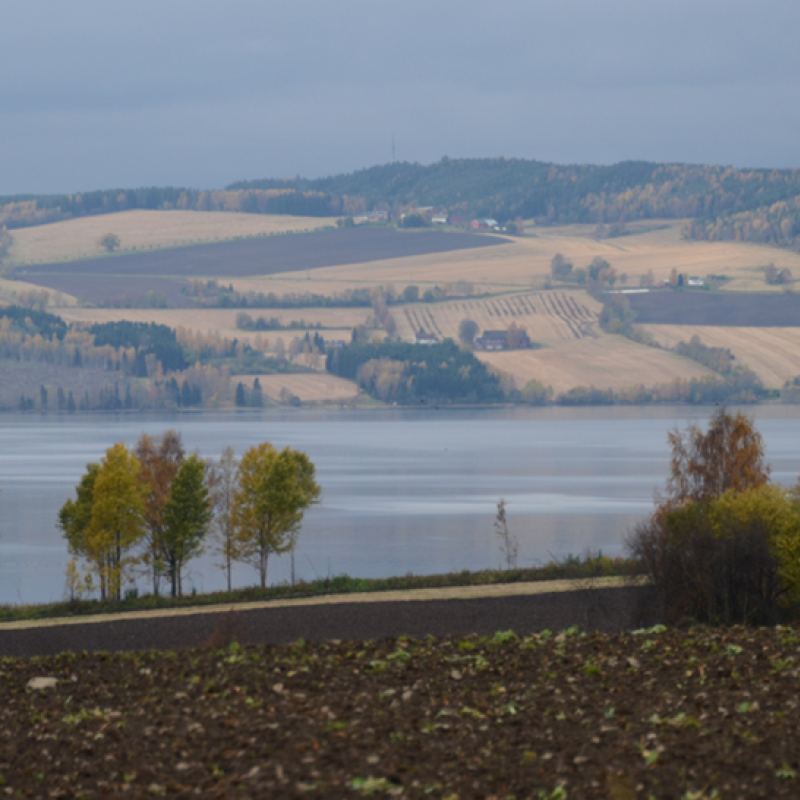Eva Skarbøvik
Senior Research Scientist
Biography
Education
Experience and competence:
- Water quality monitoring according to the EU Water Framework Directive
- Environmental measures in catchments
- Integrated water resources management
- Erosion and transport processes in rivers
- Effects of climate change on water courses
- Environmental effects of hydropower development (hydrology, water chemistry, sediment loads).
Abstract
This report presents the results of monitoring undertaken by OSPAR Contracting Parties for the Riverine Inputs and Direct Discharges Programme (RID) during 2022. The purpose of the RID Programme is to assess, as accurately as possible, all riverine inputs and direct discharges of selected pollutants to Convention waters on an annual basis, and to contribute to the implementation of the Joint Assessment and Monitoring Programme (JAMP). The OSPAR Convention area is divided into five main regions: the Arctic Waters, the Greater North Sea, the Celtic Seas, the Bay of Biscay, and the Wider Atlantic. Determinands monitored on a mandatory basis include nutrients, heavy metals (mercury, cadmium, copper, zinc, and lead), suspended particulate matter, and salinity (in saline waters). Several more determinands can be monitored on a voluntary basis. Direct discharge sources can include sewage treatment plants, industry, and aquaculture; some Contracting Parties also report urban runoff. Not all Contracting Parties report their direct discharges. Since the programme started in 1990, many Contracting Parties report an overall reduction in flow normalized riverine loads of nutrients and metals, although there are large variations from year to year. Direct discharges of nutrients and metals are also declining in many areas, with some exceptions. For 2022, increase in direct discharges was reported in some areas, but these have no effect on the general trends, since the reported direct discharges are smaller than the riverine inputs in almost all the cases. Only direct discharges from unmonitored areas, including areas downstream of sampling points and discharges directly to the sea are included. The direct discharges upstream of the sampling points are included in the riverine inputs. The report also gives an overview of the different efforts carried out by both CPs and the RID Data Centre to improve the data quality of the programme. Despite these efforts, the long-term data series still have some gaps and inconsistencies, which is unfortunate. Hence, the Report also gives recommendations on how to handle incomplete or missing datasets. The CPs are asked to scrutinize the historical RID data series, and correct them whenever needed, to improve the data quality in the RID database.
Abstract
No abstract has been registered
Authors
Michelle Devlin Theo C. Prins Lisette Enserink Wera Leujak Birgit Heyden Philip Axe Hans Ruiter Anouk Blauw Eileen Bresnan Kate Collingridge David Devreker Liam Fernand Francisco Gomez Jakobsen Carolyn Graves Alain Lefebvre Herman-J. Lenhart Stiig Markager Marta Nogueira Garvan O’Donnell Hjalte Parner Eva Skarbøvik Morten D. Skogen Lars Sonesten Sonja M. Van Leeuwen Robert Wilkes Eleanor Dening Alejandro Iglesias-CamposAbstract
No abstract has been registered

Division of Environment and Natural Resources
NORDBALT ECOSAFE: Nitrogen and phosphorus load reduction approach within safe ecological boundaries for the Nordic Baltic region
About the project

Division of Food Production and Society
Agricultural mitigation measures and the value of water quality improvements
Agriculture is one of the main sources of water pollution in Norway, and an important contributor to GHG emissions.
